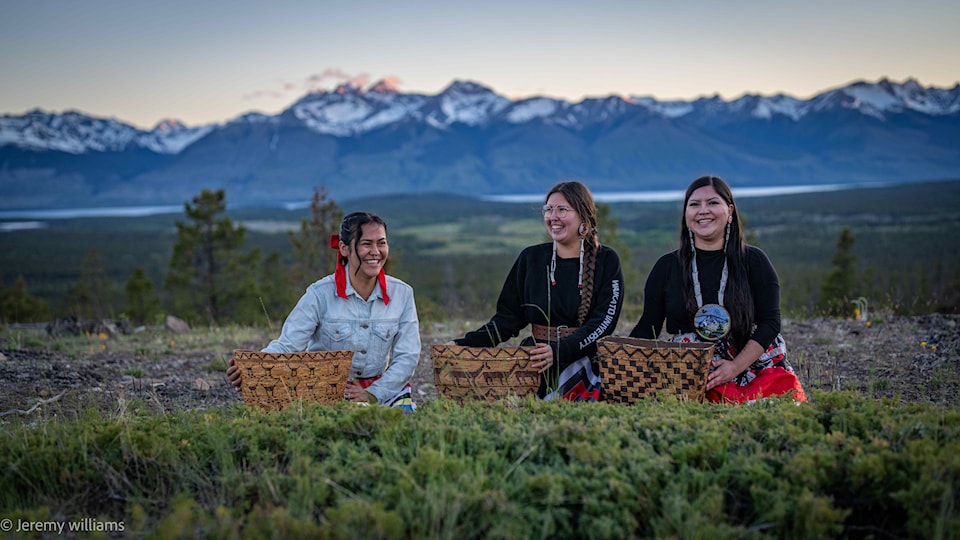The Tŝilhqot��ѻ��ý�in Nation has co-developed an exhibition with the Museum of Vancouver (MOV) to celebrate the first major museum return of Tŝilhqot��ѻ��ý�in ancestral belongings.
The exhibition opened on June 20 and will be on display for about a year before travelling to other locations across British Columbia and beyond.
"This exhibition represents the change needed in museums around the world��ѻ��ý�working in relationships of respect, sharing the workload, and telling stories together," said Nits��ѻ��ý�ilʔin (Chief) Otis Guichon, tribal chief of the Tŝilhqot��ѻ��ý�in National Government (TNG).
The exhibition is part of a larger exhibit at the MOV called The Work of Repair: Redress and Repatriation at the Museum of Vancouver. The Tŝilhqot��ѻ��ý�in's portion of the exhibition, Nexwenen Nataghelʔilh or ��ѻ��ý�we bring them (our ancestors) home to our land,' features a documentary film about the repatriation of over 60 ancestral items which a delegation of Tŝilhqot��ѻ��ý�in retrieved from the MOV in February 2024.
The belongings, which a June 25 press release from the nation explains are not artifacts but living embodiments of Tŝilhqot��ѻ��ý�in ancestors, had been held in museums and private collections for over a century. They included qatŝ��ѻ��ý�ay (coiled spruce root baskets), tŝi-bis (obsidian) stone tools, and other cultural items which had been largely kept out of public view.
��ѻ��ý�Repatriation is more than bringing our belongings home��ѻ��ý�it��ѻ��ý�s connecting to our ancestors, lands, and culture. Our youth see their ancestors��ѻ��ý� belongings and see the strength of our past, as well as our future," said Guichon. Some of the repatriated items are now on display at the TNG Dasiqox office in Williams Lake.
The exhibition also features historical and contemporary photographs, a display of other objects actively in the repatriation process and a collection of contemporary forms of Tŝilhqot��ѻ��ý�in artistry and craftsmanship.
"We are hopeful that this relationship sets an example for other museums around the world," said Guichon. The release expressed TNG's gratitude for the museum's, and especially its Senior Curator of Indigenous Collections Dr. Sharon Fortney, for their leadership and respectful approach to the repatriating process.
The Tŝilhqot��ѻ��ý�in National Government represents the six main Tŝilhqot��ѻ��ý�in communities located west and northwest of Williams Lake.
To learn more about the exhibition, visit MOV's .



